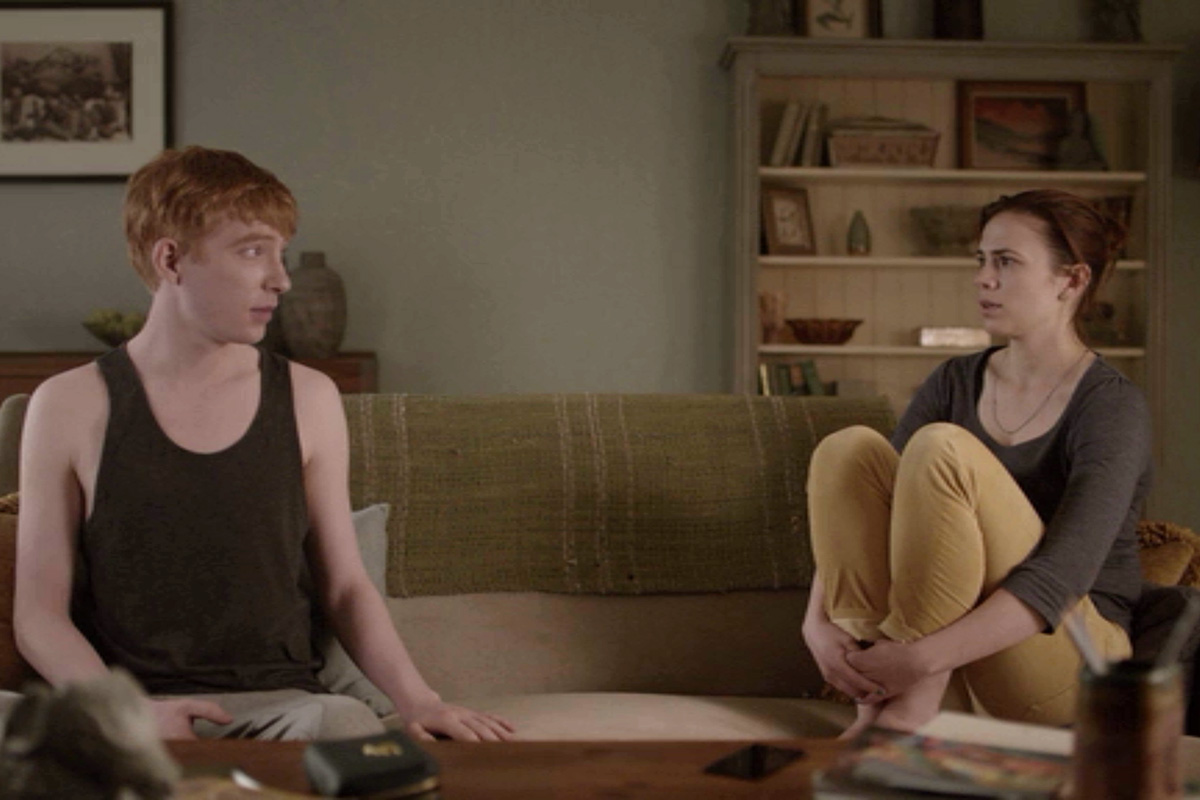
The popular Netflix original show Black Mirror has been widely praised for its exploration of various themes such as digital consciousness and artificial intelligence through the lens of dystopian science fiction. In this post, I will be discussing the episode “Be Right Back” as it relates to modern interpretations of the relationship between humans and technology. In this episode, a woman named Martha finds herself overcome by grief after the sudden death of her boyfriend, Ash. In her state of mourning, Martha chooses to invest in a new experimental technology that promises to simulate her late boyfriend through an android like machine. Though this robot looks, moves, and speaks exactly like Ash once did, Martha comes to be deeply disturbed by the apparent lack of humanity in her robot boyfriend and ultimately decides to banish him to her attic for eternity.
I found that this episode of Black Mirror essentially reinforces the idea that technology exists as a corruption to the natural state of humanity, a notion that can be traced back to broader ideas of modern mankind being a product of “bad evolution,” and that we have, in some way, strayed from our original prehistoric state of simplistic and blissful living. This ultimately reflects a common trope relating to prehistory: one in which the earliest humans lived harmoniously with nature in a paradise-like state, free from the trivialities and corruptions that future life and modernity would present (Stoczkowski). Essentially, the Black Mirror episode “Be Right Back” imagines a future so complex and corrupted by technology, as to suggest that as we as a species progress, we will continue to stray further and further from our original “Garden of Eden-like” way of life.
The episode also raises the question, “What does it mean to be human?” Though the answer to this question has been sought out endlessly by archeologists and anthropologists alike, the episode seems to suggest that to be human is to be capable of complex thoughts, emotions, and desires. For example, Martha is furious when she initially tasks Robot-Ash to leave her home and he obeys without question as she feels that the real Ash would have begged to stay. When defining what it means to be human and what it means to be “behaviorally modern” many researchers look to indicators of symbolic behavior, such as “codified social relationships” (Nowell). Ultimately, because her simulated boyfriend fails to prove capable of maintaining such “codified social relationships,” given that he operates based on what she asks him to do rather than his own free will, Martha decides that he can not be truly human.
Works Cited
Nowell, April. “Defining Behavioral Modernity in the Context of Neandertal and Anatomically Modern Human Populations.” Annual Review of Anthropology, vol. 39, 2010, pp. 437-452.
Stoczkowski, Wiktor. Explaining Human Origins: Myth, Imagination and Conjecture. Cambridge University Press, 2002.
